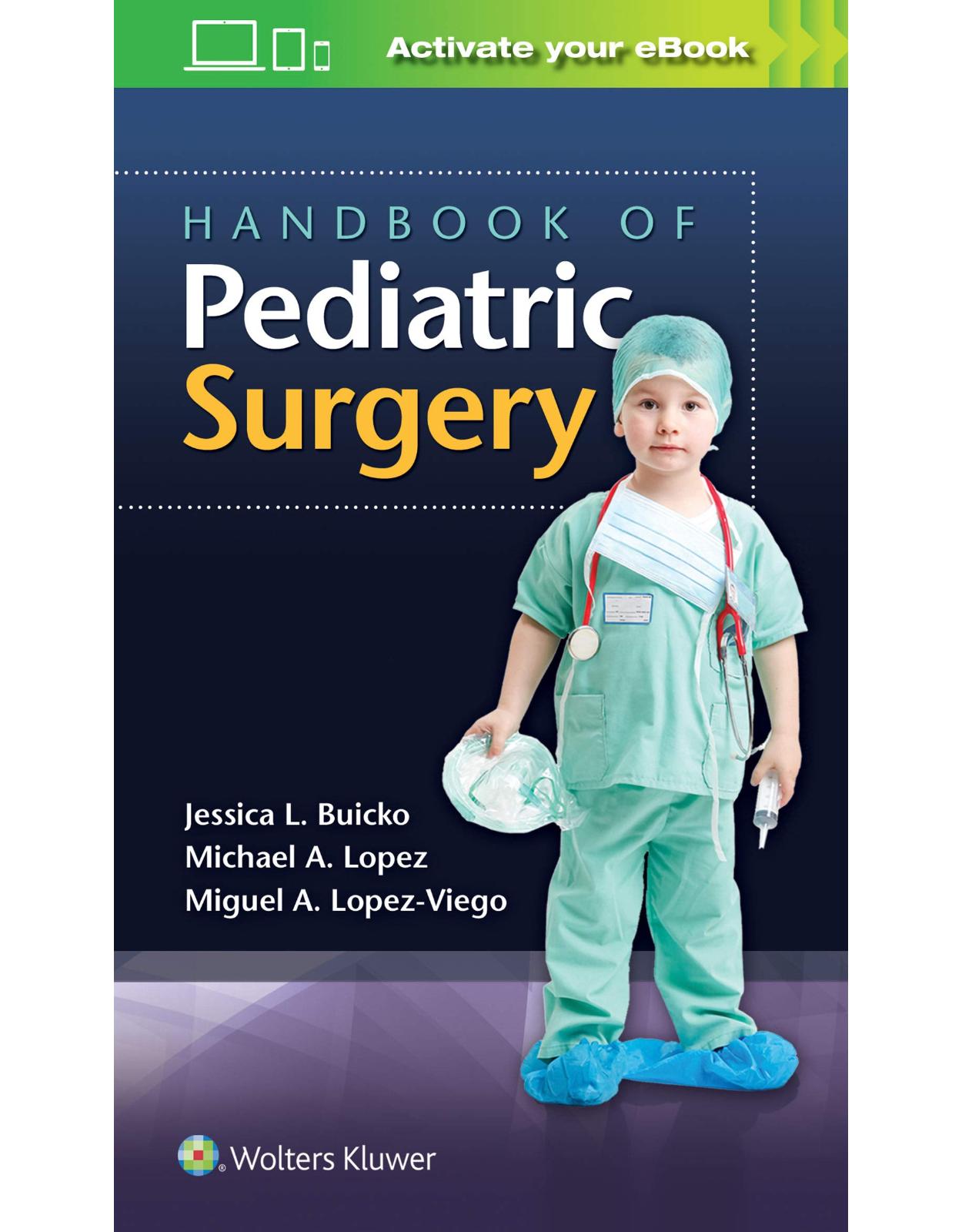
Handbook of Pediatric Surgery
Livrare gratis la comenzi peste 500 RON. Pentru celelalte comenzi livrarea este 20 RON.
Disponibilitate: La comanda in aproximativ 4 saptamani
Autor: LOPEZ-VIEGO
Editura: LWW
Limba: Engleza
Nr. pagini: 624
Coperta: Paperback
Dimensiuni: 11.18 x 2.29 x 20.07 cm
An aparitie: 1 Nov. 2018
Description:
Publisher's Note: Products purchased from 3rd Party sellers are not guaranteed by the Publisher for quality, authenticity, or access to any online entitlements included with the product. Written by residents for residents and medical students, Handbook of Pediatric Surgery is a pocket-sized resource filled with must-know information for the pediatric surgery rotation. In a concise, easy-to-reference format, it covers management of the pediatric surgical patient, pediatric trauma surgery, common pediatric surgical problems, and pediatric surgical oncology.
Table of Contents:
SECTION 1 Management of the Pediatric Surgical Patient
Chapter 1 Evaluation and Examination of the Pediatric Surgical Patient
Historical Background
The Examination
Skin
Lymphatics
Head, Ear, Eyes, Nose, and Throat
Chest Wall
Cardiovascular
Lungs
Abdomen
Inguinal Region
Genital Region
Rectum
Nervous and Psychiatric System
Spine and Back
Extremities
Special Considerations
Acutely Ill Child
Chronically Ill Patient
Chronic Cardiac and Respiratory Disease Patients
Chronic Liver and Renal Failure Patients
References
Chapter 2 Fluids and Electrolytes in Children
Assessment of Fluid Status
Goals of Fluid Therapy
Causes of Fluid Loss
Estimated Fluid Needs for Infants and Children
Maintenance Electrolytes
Changes in Maintenance Needs
References
Chapter 3 Surgical Nutrition and TPN in the Pediatric Patient
Introduction
Physiology
Indications for Parenteral Nutrition
How to Prescribe Parenteral Nutrition
Monitoring
Complications
References
Chapter 4 Pediatric Anesthesia
Relevant Anatomy and Physiology
Respiratory System
Cardiovascular System
Renal and Gastrointestinal Systems
Metabolism and Temperature Regulation
Pharmacologic Differences
Induction Techniques
Intravenous Induction
Inhalational Induction
Tracheal Intubation
Further Considerations
References
Chapter 5 Central Venous and Arterial Access in the Pediatric Patient
Relevant Anatomy
Venous Catheters
Peripheral Venous Access
Techniques Aiding Peripheral Cannulation
Complications
Intraosseous Access
Venous Cutdown
Central Venous Catheters
Percutaneous Technique
Techniques to Confirm Venous Access
Umbilical Vein Central Access
Peripherally Inserted Central Catheters
Totally Implanted Central Venous Catheters (Ports)
Measures to Ensure Durability of Catheter
Alternate Routes for Central Venous Access
Complications Common to All Vascular Access Procedures
Immediate Postprocedural Care and Recovery
Removal of Catheters
Arterial Catheters
Hemodialysis Catheters
Management of Common Complications
Infection
Failure of Flow
Perforation
References
Chapter 6 Common Pediatric Drug Dosing
Pharmacokinetics of the Pediatric Patient
Common Antibiotics
Venous Thromboembolism Prophylaxis
Pain Management
Postoperative Nausea and Vomiting
References
SECTION 2 Pediatric Trauma Surgery
Chapter 7 The Approach to the Pediatric Trauma Patient
Trauma Resuscitation
Primary Survey
Secondary Survey
Tertiary Survey
Signs of Child Abuse
Injury Prevention
References
Chapter 8 Abdominal and Pelvic Trauma
Initial Management
Indications for Laparotomy
Bowel Injury
Splenic Injury
Liver Injury
Bladder Injury
Pancreatic Injury
References
Chapter 9 Thoracic Trauma
Relevant Anatomy and Physiology
Epidemiology and Etiology
Common Injury Patterns
Chest Wall Injury
Pulmonary Injury
Mediastinal Injury
Imaging Findings
Supine Anteroposterior Chest X-ray
Bedside Ultrasound
Computed tomography-Angiogram
Surgical Management
References
Suggested Readings
Chapter 10 Common Fractures in Children
Bone Physiology
Healing and Remodeling
Distal Radius
Epidemiology
Mechanism
Presentation
Management
Digits
Epidemiology
Mechanism
Presentation
Management
Supracondylar Fractures
Epidemiology
Mechanism
Presentation
Management
Clavicle
Epidemiology
Mechanism
Presentation
Management
Tibia
Epidemiology
Mechanism
Presentation
Management
References
Chapter 11 Management of the Pediatric Burn Patient
Relevant Anatomy
Epidemiology and Etiology
Clinical Presentation and Initial Evaluation
Fluid Management
Medical and Surgical Treatment
Operative Intervention
Skin Grafting
Escharotomy
Postoperative Care
References
Suggested Readings
Chapter 12 Head Trauma in Children
Relevant Anatomy and Physiology
Epidemiology and Etiology
Initial Evaluation: History
Clinical Presentation
Diagnostic Imaging
Medical and Surgical Management
Common Injuries
Scalp Injuries
Skull Fractures
Concussion
Epidural Hematoma
Subdural Hematoma
Penetrating Head Trauma
Shaken Baby Syndrome/Nonaccidental Trauma
References
Chapter 13 Diagnosis and Management of Child Abuse Injuries
Relevant Anatomy
Epidemiology and Etiology
Clinical Presentation
History Red Flags
Physical Examination Red Flags
Screening
Diagnosis
History and Physical Examination
Laboratory Studies
Skeletal Survey
Neuroimaging
Abdominal Imaging
Ophthalmologic Examination
Management
References
SECTION 3 Common Pediatric Surgical Problems
Chapter 14 Hypertrophic Pyloric Stenosis
Historical Background
Relevant Anatomy (Figure 14.1)
Epidemiology and Etiology
Incidence
Etiology
Clinical Presentation
Classic Presentation
Diagnosis
Laboratory Findings
Imaging Findings
Surgical Management
Operative Intervention
Open Approach
Laparoscopic Approach (Figure 14.5)
Postoperative Care
Complications
References
Suggested Readings
Chapter 15 Omphalocele and Gastroschisis
Relevant Anatomy and Terminology
Omphalocele
Gastroschisis
Etiology and Epidemiology
Omphalocele
Gastroschisis
Diagnosis
Preoperative Management
Surgical Approach
Postoperative Care
References
Chapter 16 Mesenteric, Omental, and Duplication Cysts
Epidemiology and Etiology
Clinical Presentation
Diagnosis
Surgical Management
Oropharyngeal
Esophageal
Thoracoabdominal
Gastric
Duodenal
Pancreatic
Small Intestine
Colonic
Rectal
Epidemiology and Etiology
Clinical Presentation
Diagnosis
Imaging
Surgical Management
Postoperative Care
Complications
References
Chapter 17 Gastroesophageal Reflux Disease
Relevant Anatomy
Epidemiology and Etiology
Incidence
Etiology
Clinical Presentation
Classic Presentation
Diagnosis
Laboratory Finding
Imaging Findings
Medical Management
Surgical Management
Operative Intervention
Laparoscopic Nissen Fundoplication
Open Nissen Fundoplication
Postoperative Care
Complications
References
Suggested Reading
Chapter 18 Bariatric Surgery in Children
Historical Background
Definitions
Epidemiology and Etiology
Incidence
Etiology
Patient Selection
Preoperative Workup and Evaluation
Medical Evaluation
Laboratory and Other Evaluations
Medical Management
Surgical Management
Perioperative Management
Surgical Interventions
Laparoscopic Adjustable Gastric Banding
Laparoscopic Sleeve Gastrectomy
Laparoscopic Roux-en-Y Gastric Bypass
Postoperative Care
Complications
References
Chapter 19 Gallbladder Disease in Children
Relevant Anatomy
Epidemiology and Etiology
Incidence
Etiology
Clinical Presentation
Classic Presentation
Diagnosis
Laboratory Findings
Imaging Findings
Surgical Management
Operative Intervention
Open Approach
Laparoscopic Approach
Postoperative Care
Complications
References
Chapter 20 Choledochal Cyst
Historical Background
Relevant Anatomy
Epidemiology and Etiology
Incidence
Etiology
Clinical Presentation
Classic Presentation
Infants
Children
Diagnosis
Laboratory Findings
Imaging Findings
Surgical Management
Open Approach
Internal Approach
Laparoscopic Approach
Postoperative Care
Complications
References
Chapter 21 Appendicitis
Relevant Anatomy
Etiology and Epidemiology
Clinical Presentation
Classic Presentation
Differential Diagnosis
Diagnosis
Physical Examination
Laboratory Findings
Scoring
Imaging Findings
Medical and Surgical Management
Acute Appendicitis
Perforated Appendicitis
Open Approach
Laparoscopy-Assisted Approach
Postoperative Care
Outcomes
References
Chapter 22 Intussusception
Relevant Anatomy
Epidemiology and Etiology
Incidence
Etiology
Clinical Presentation
Classic Presentation
Diagnosis
Laboratory Findings
Imaging Findings
Surgical Management
Operative Intervention
Open Approach
Laparoscopic Approach
Postoperative Care
Complications
References
Chapter 23 Meckel Diverticulum
Relevant Anatomy
Epidemiology and Etiology
Clinical Presentation
Diagnosis
Imaging Studies
Medical and Surgical Management
Postoperative Care
References
Suggested Reading
Chapter 24 Intestinal Atresia
Relevant Anatomy
Epidemiology and Etiology
Clinical Presentation
Diagnosis
Epidemiology and Etiology
Surgical Intervention
Postoperative Care
References
Chapter 25 Malrotation
Relevant Anatomy
Epidemiology and Etiology
Clinical Presentation
Diagnosis
Surgical Management
Open Approach
Laparoscopic Approach
Postoperative Care
References
Chapter 26 Necrotizing Enterocolitis
Historical Background
Pathophysiology
Clinical Presentation
Diagnosis
Laboratory Findings
Imaging Findings
Initial Management
Operative Treatment
Goals of Operative Treatment
Surgical Technique
Peritoneal Drainage
Laparotomy
Postoperative Care
References
Chapter 27 Inflammatory Bowel Disease
Epidemiology and Etiology
Clinical Presentation
Diagnosis
Laboratory Findings
Imaging Findings
Medical and Surgical Management
Medical
Surgical
Postoperative Care
Complications
References
Chapter 28 Pediatric Abdominal Wall Hernias
Inguinal Hernias
Embryology
Relevant Anatomy
Epidemiology and Etiology
Incidence
Etiology
Clinical Presentation
Classic Presentation
Diagnosis
Laboratory Findings
Imaging Findings
Surgical Management
Operative Intervention
Open Approach
Laparoscopic Approach
Postoperative Care
Complications
Umbilical Hernias
Embryology
Relevant Anatomy
Epidemiology and Etiology
Incidence
Etiology
Clinical Presentation
Classic Presentation
Diagnosis
Laboratory Findings
Imaging Findings
Surgical Management
Operative Intervention
Open Approach
Postoperative Care
Complications
References
Suggested Reading
Chapter 29 Meconium Ileus
Epidemiology and Etiology
Incidence
Etiology
Clinical Presentation
Simple Meconium Ileus
Complicated Meconium Ileus
Diagnosis
Diagnostic Testing
Imaging Findings
Management
Nonoperative Management
Operative Intervention
Postoperative Care
Complications
References
Chapter 30 Hirschsprung Disease
Relevant Anatomy
Epidemiology and Etiology
Clinical Presentation
Diagnosis
Medical and Surgical Management
Postoperative Care
Complications
References
Chapter 31 Anorectal Malformations
Relevant Anatomy
Epidemiology and Etiology
Clinical Presentation
Diagnosis
Laboratory Findings
Imaging Findings
Medical and Surgical Management
Operative Intervention
Surgical Approaches
Postoperative Care
Complications
References
Chapter 32 Tracheoesophageal Fistula
Epidemiology and Etiology
Clinical Presentation
Diagnosis
Medical and Surgical Management
Repair of EA With Proximal, Distal, or Proximal and Distal TEFs
Additional Surgical Tips
Repair of Pure Esophageal Atresia
Repair of H-Type Tracheoesophageal Fistula
Postoperative Care
Complications
References
Chapter 33 Foreign Body Ingestion
Relevant Anatomy
Epidemiology
Clinical Presentation
Diagnosis
Management
References
Chapter 34 Congenital Chest Wall Disorders
Background
Etiology
Symptoms
Management
Open Repair of Pectus Excavatum: (Ravitch Procedure)
Minimally Invasive Repair of Pectus Excavatum: (Nuss Procedure)
Background
Etiology
Symptoms
Management
Ectopia Cordis
Thoracic Ectopia Cordis (The “Naked Heart”)
Cervical Ectopia Cordis
Sternal Cleft (AKA Bifid Sternum)
Presentation
Management
References
Chapter 35 Pulmonary Sequestration
Epidemiology and Etiology
Incidence
Clinical Presentation
Intrapulmonary Sequestration
Extrapulmonary Sequestration
Diagnosis
Imaging Studies
Medical and Surgical Management
References
Chapter 36 Congenital Diaphragmatic Hernia
Epidemiology and Etiology
Bochdalek Hernia
Morgagni Hernia
Diagnosis
Prenatal Diagnosis and Care
Postnatal Diagnosis
Medical Management
Surgical Approach
Postoperative Care
References
Chapter 37 Torticollis
Pathophysiology
Clinical Presentation and Diagnosis
Treatment
Operative Treatment
Surgical Procedures
Operative Technique
References
Chapter 38 Thyroglossal Duct Cysts and Branchial Cleft Cysts
Differential Diagnosis of Head and Neck Masses in Children (Figure 38.1)
Relevant Anatomy and Embryology (Figure 38.2)
Epidemiology
Clinical Presentation
Diagnosis
Surgical Management
Postoperative Care
Relevant Anatomy and Embryology
Epidemiology
Clinical Presentation
Diagnosis
Surgical Management
References
Chapter 39 Thyroid and Parathyroid Disease
Relevant Anatomy
Epidemiology and Etiology
Epidemiology
Etiologies of Thyroid and Parathyroid Disease
Clinical Presentation
Diagnosis
Thyroid Disease
Parathyroid Disease
Surgical Management
Surgical Considerations
Surgical Approach
Postoperative Care
References
Chapter 40 Cleft Lip and Palate
Relevant Anatomy (FIGURE 40.1)
Etiology and Epidemiology
Incidence
Etiology
Clinical Presentation
Diagnosis
Medical and Surgical Management
Operative Intervention
Cleft Palate Repair
Postoperative Care
Complications
References
Chapter 41 Breast Disorders and Gynecomastia
Embryology
Relevant Anatomy
Epidemiology and Etiology
Incidence
Pathogenesis
Etiology
Clinical Presentation
Diagnosis
Surgical Management
Postoperative Care
Breast Masses
Fibroadenomas
Diagnosis
References
Chapter 42 Testicular Torsion
Relevant Anatomy
Epidemiology and Etiology
Clinical Presentation
Classic Presentation
Diagnosis
Laboratory Findings
Imaging Findings
Surgical Management
Operative Intervention
Postoperative Care
References
Suggested Reading
Chapter 43 Undescended Testicle
Relevant Anatomy
Epidemiology and Etiology
Incidence
Etiology
Clinical Presentation
Classic Presentation
Diagnosis
Physical Examination Findings
Laboratory Findings
Imaging Findings
Surgical Management
Operative Intervention
Palpable UDT Orchiopexy
Nonpalpable UDT Diagnostic Laparoscopy and Orchiopexy
Postoperative Care
Complications
References
Chapter 44 Circumcision
Relevant Anatomy
Epidemiology
Indications and Benefits
Contraindications and Risks
Surgical Management
Gomco Clamp (Figure 44.2)
Mogen Clamp
Sleeve Circumcision (Figure 44.3)
References
Suggested Reading
Chapter 45 Ovarian Torsion
Epidemiology and Etiology
Incidence
Etiology
Clinical Presentation
Classic Presentation
Special Circumstances
Diagnosis
Laboratory Findings
Imaging Findings
Surgical Management
Operative Intervention
Laparoscopic Approach
Open Approach
Complications
Postoperative Care
References
Chapter 46 Extracorporeal Membrane Oxygenation (ECMO)
History of ECMO
Extracorporeal Membrane Oxygenation System
Indications for ECMO
ECMO Technique
Multiorgan System Management During ECMO
Complications Related to ECMO
Weaning ECMO
References
SECTION 4 Pediatric Surgical Oncology
Chapter 47 Wilms Tumor
Relevant Anatomy
Epidemiology and Etiology
Incidence
Etiology
Clinical Presentation
Classic Presentation
Diagnosis
Imaging Findings
Laboratory Findings
Staging
Medical and Surgical Management
Operative Intervention
Postoperative Care
Complications
References
Chapter 48 Neuroblastoma
Epidemiology and Etiology
Embryology
Pathology
Risk Factors
Clinical Presentation
Diagnosis and Staging
Treatment
References
Chapter 49 Pancreatic Tumors in Children
Relevant Anatomy
Epidemiology and Etiology
Incidence
Classification
Etiology
Clinical Presentation
Diagnosis
Laboratory Findings
Imaging Findings
TNM Staging
Surgical Management
Operative Intervention
Open Approach
Laparoscopic Approach (Distal Pancreatectomy)
Postoperative Care
Complications
References
Chapter 50 Hepatic Neoplasms in Children
Epidemiology and Etiology
Prevalence
Etiology
Clinical Presentation
Classic Presentation
Diagnosis
Laboratory Findings
Imaging Findings
Surgical Management
Operative Intervention
Orthotopic Transplant
Postoperative Care
References
Chapter 51 Adrenal Tumors in Children
Relevant Anatomy
Epidemiology and Etiology
Clinical Presentation
Adrenal Cortical Tumors
Pheochromocytoma
Diagnosis
Laboratory Findings and Imaging Findings
Surgical Management
ACT
PCC
Operative Intervention
Open Approach
Laparoscopic Approach
Retroperitoneal Approach
Postoperative Care
ACT
PCC
References
Chapter 52 Mediastinal Tumors
Anterior Mediastinum
Normal Contents
Boundaries
Most Common Anterior Mediastinal Neoplasms
Middle Mediastinum
Normal Contents
Boundaries
Most Common Middle Mediastinal Neoplasms Bronchogenic Cyst
Posterior Mediastinum
Normal Contents
Boundaries
Most Common Neoplasms
Overview
Presentation
Surgical Intervention
Overview
Presentation
Surgical Intervention
Overview
Presentation
Overview
Presentation
Surgical Intervention
Overview
Presentation
Surgical Intervention
References
Chapter 53 Tumors of the GI Tract in Children
Epidemiology and Etiology
Associated Syndromes (Gardner, Turcotte, and APCC)
Clinical Presentation
Diagnosis
Screening
Medical and Surgical Management
Postoperative Care
Epidemiology and Etiology
Clinical Presentation
Diagnosis
Screening
Medical and Surgical Management
Epidemiology and Etiology
Clinical Presentation
Medical and Surgical Management
Epidemiology and Etiology
Clinical Presentation
Medical and Surgical Management
Epidemiology and Etiology
Clinical Presentation
Medical and Surgical Management
Epidemiology and Etiology
Clinical Presentation
Medical and Surgical Management
Epidemiology and Etiology
Clinical Presentation
Epidemiology and Etiology
References
Chapter 54 Testicular Tumors in Children
Epidemiology and Etiology
Clinical Presentation
Diagnosis
Medical and Surgical Management
Surgical Management
Radical Orchiectomy
Testis-Sparing Surgery—Partial Orchiectomy
Postoperative Care
References
Chapter 55 Ovarian Tumors in Children
Relevant Anatomy
Epidemiology and Etiology
Etiology
Incidence
Prevalence
Clinical Presentation
Classic Presentation
Diagnosis
Laboratory Findings
Imaging Findings
Surgical Management
Operative Intervention
Postoperative Care
References
Chapter 56 Pediatric Orthopedic Tumors
Epidemiology and Etiology
Clinical Presentation
History
Pain
Age
Physical Examination
Diagnosis
Plain Radiographs
Advanced Imaging
Surgical Management
Osteosarcoma
Clinical Presentation
Imaging
Treatment
Ewing Sarcoma Family of Tumors
Clinical Presentation
Imaging
Treatment
Osteochondroma
Pathophysiology
Clinical Presentation
Imaging
Treatment
Giant Cell Tumors
Pathophysiology
Clinical Presentation
Imaging
Treatment
Osteoblastoma
Pathophysiology
Clinical Presentation
Imaging
Treatment
Osteoid Osteoma
Clinical Presentation
Imaging
Treatment
References
Chapter 57 CNS Tumors in Children
Relevant Anatomy
Epidemiology and Etiology
Incidence
Etiology
Clinical Presentation
Classic Presentation
Diagnosis
Laboratory Findings
Imaging Findings
Surgical Management
Preoperative/Perioperative Considerations
Postoperative Care
References
Chapter 58 Rhabdomyosarcoma
Epidemiology and Etiology
Clinical Presentation
Diagnosis
Staging and Clinical Grouping
Medical and Surgical Management
Metastatic Disease
Postoperative Care
References
Suggested Reading
Chapter 59 Nevi and Melanoma in Children
Relevant Anatomy
Common Dermatologic Terms
Melanocytic Nevi
Acquired Melanocytic Nevi
Atypical Melanocytic Nevi
Congenital Melanocytic Nevi
Nonmelanocytic Nevi
Nevus Sebaceous
Nevus Comedonicus
Risk Factors
Diagnosis
Surgical Approach
Postoperative Care
References
Index
| An aparitie | 1 Nov. 2018 |
| Autor | LOPEZ-VIEGO |
| Dimensiuni | 11.18 x 2.29 x 20.07 cm |
| Editura | LWW |
| Format | Paperback |
| ISBN | 9781496388537 |
| Limba | Engleza |
| Nr pag | 624 |

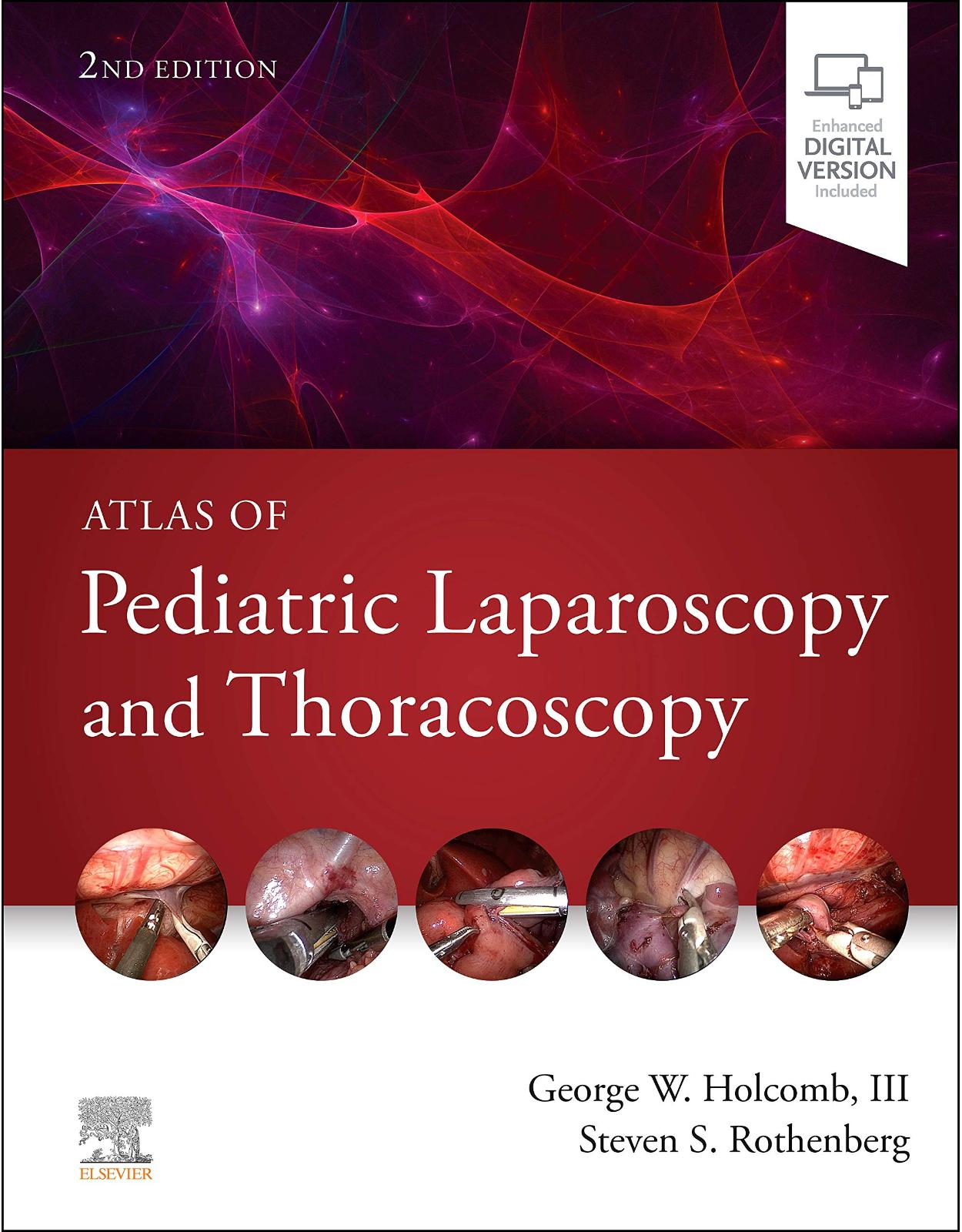
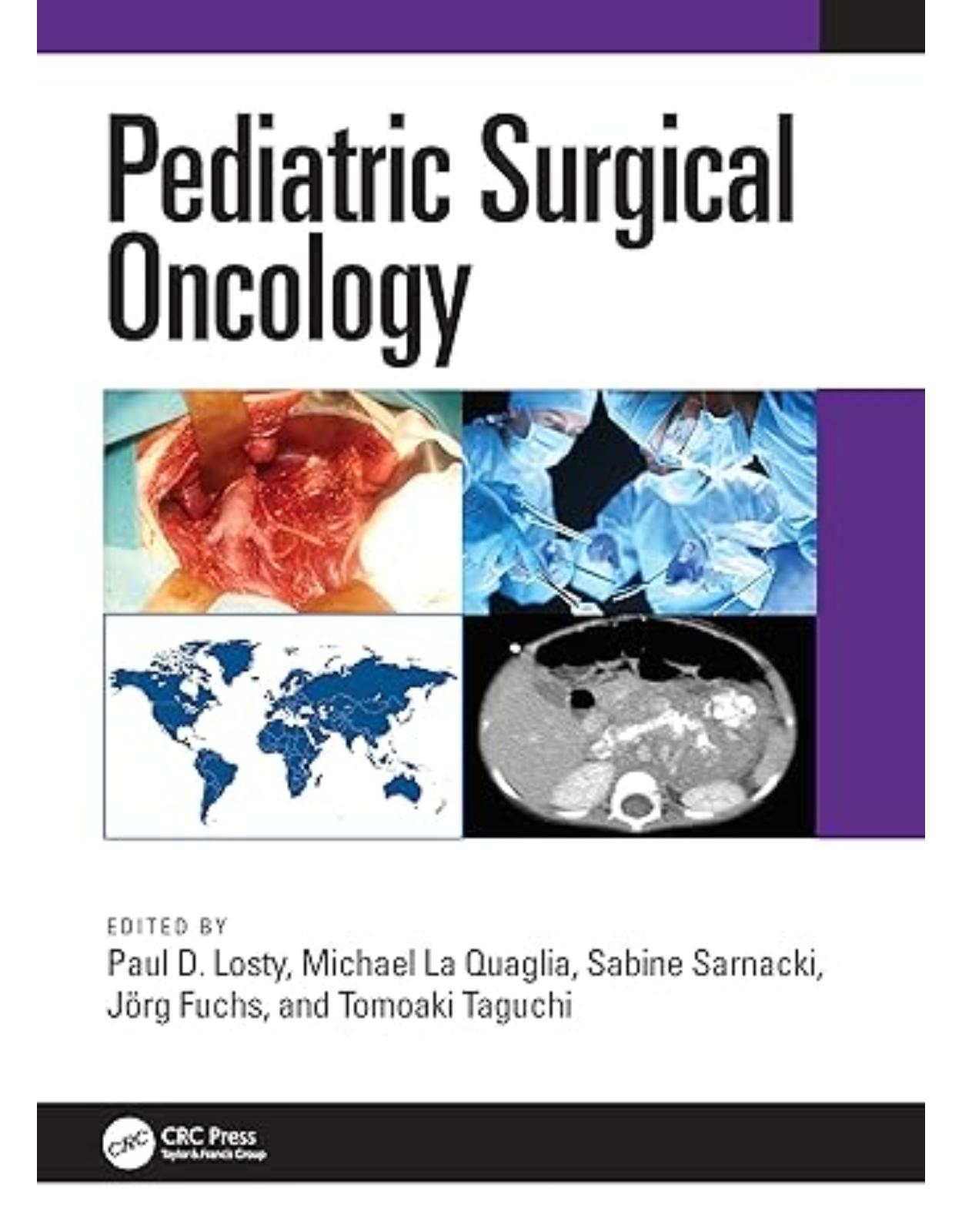
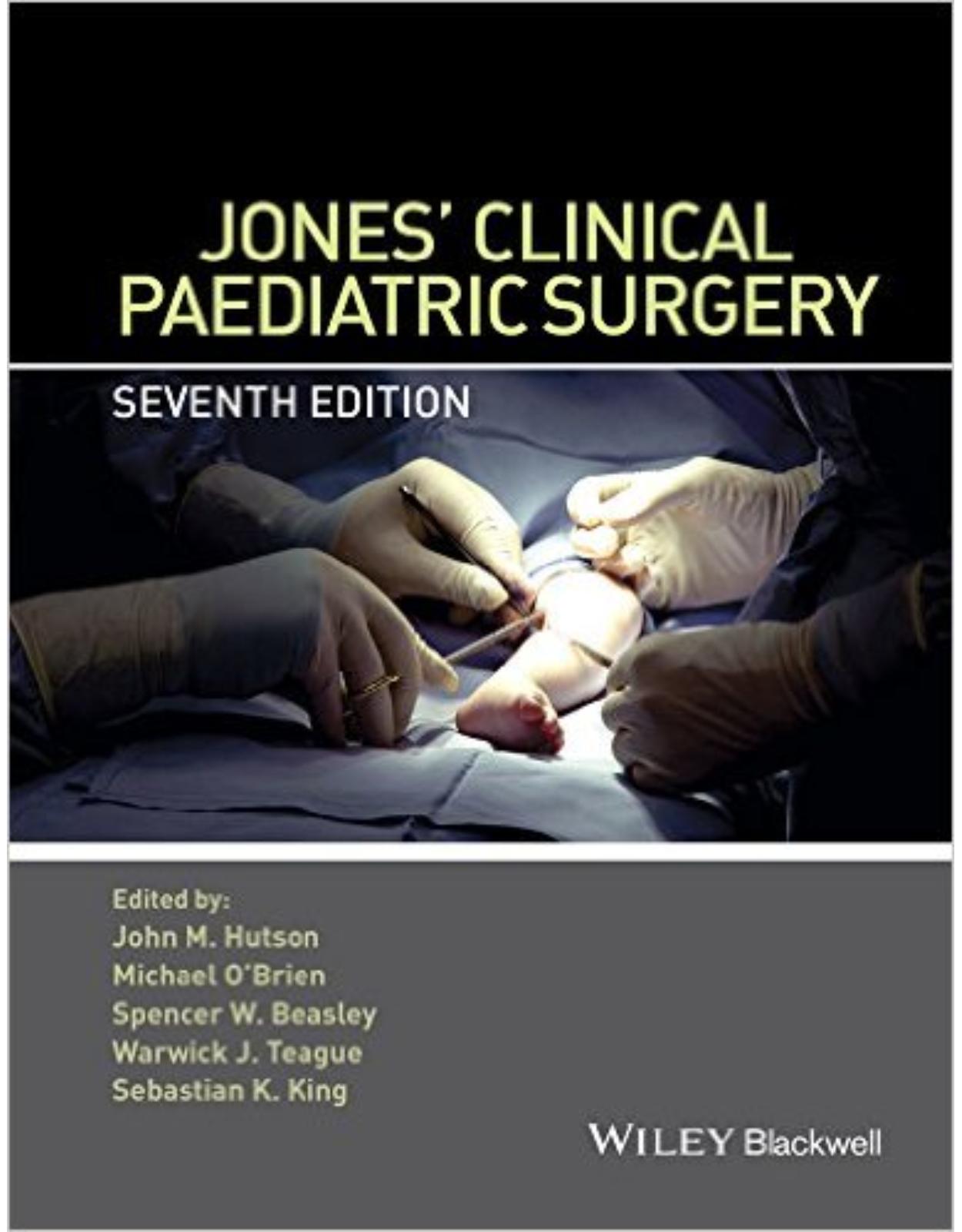
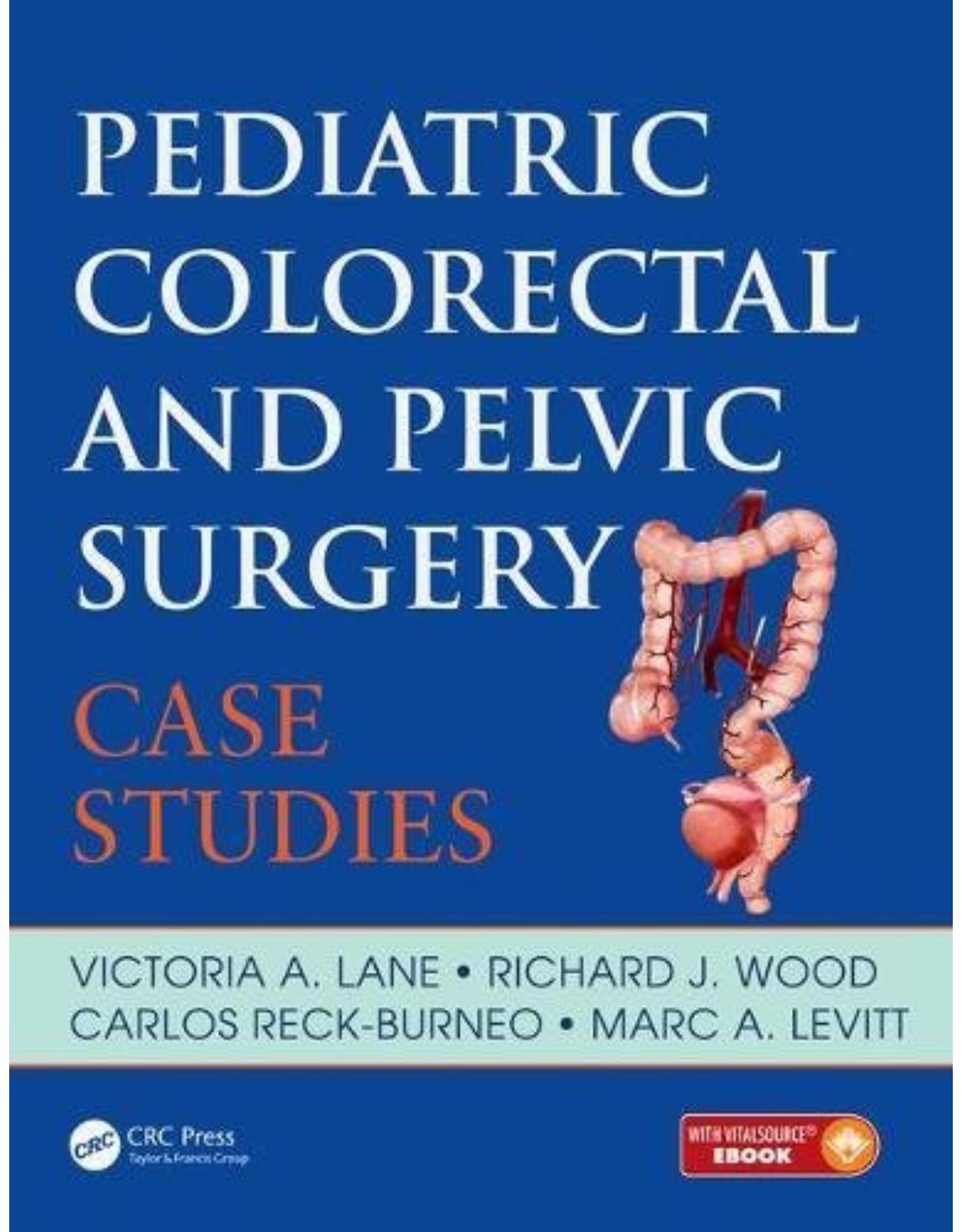
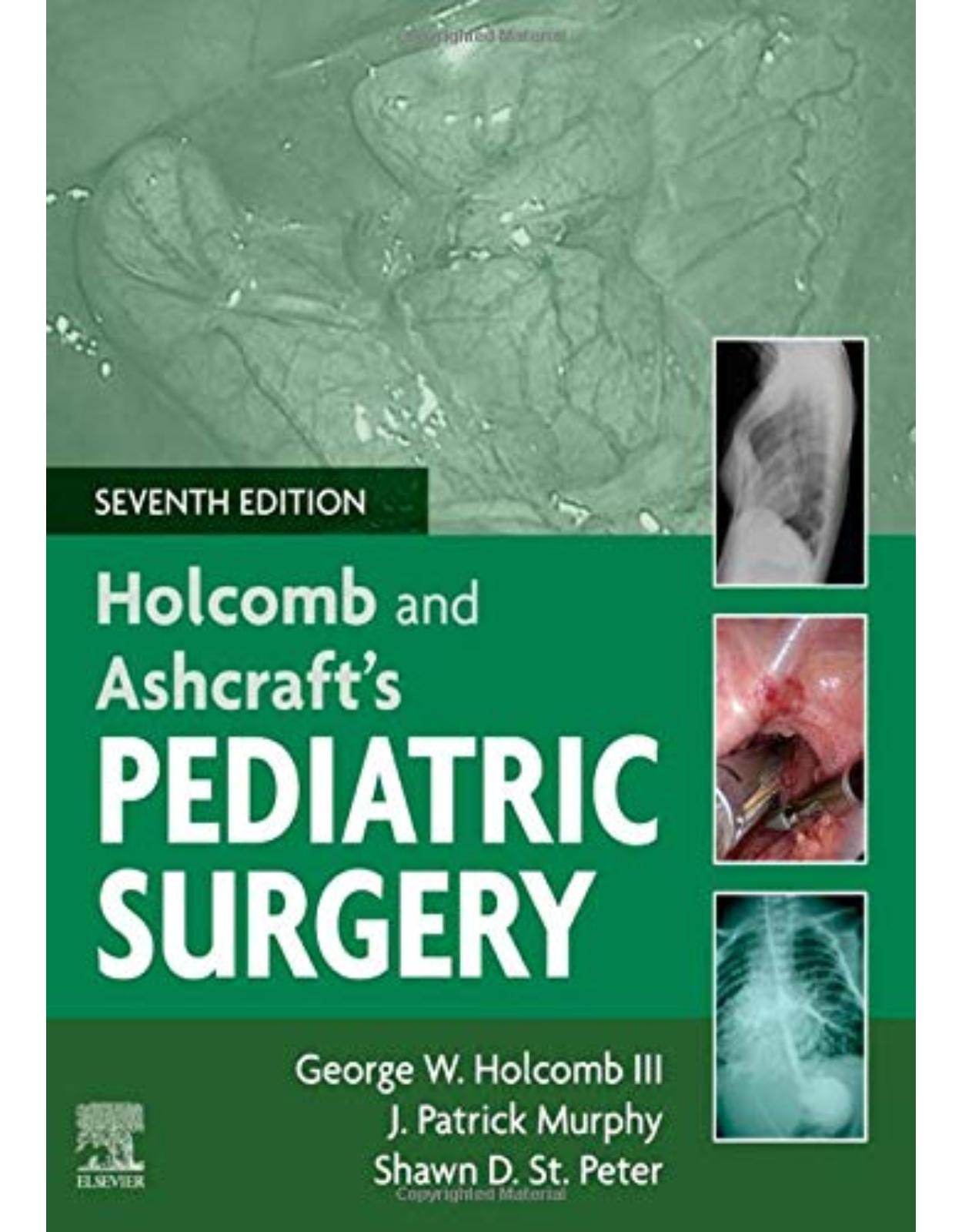
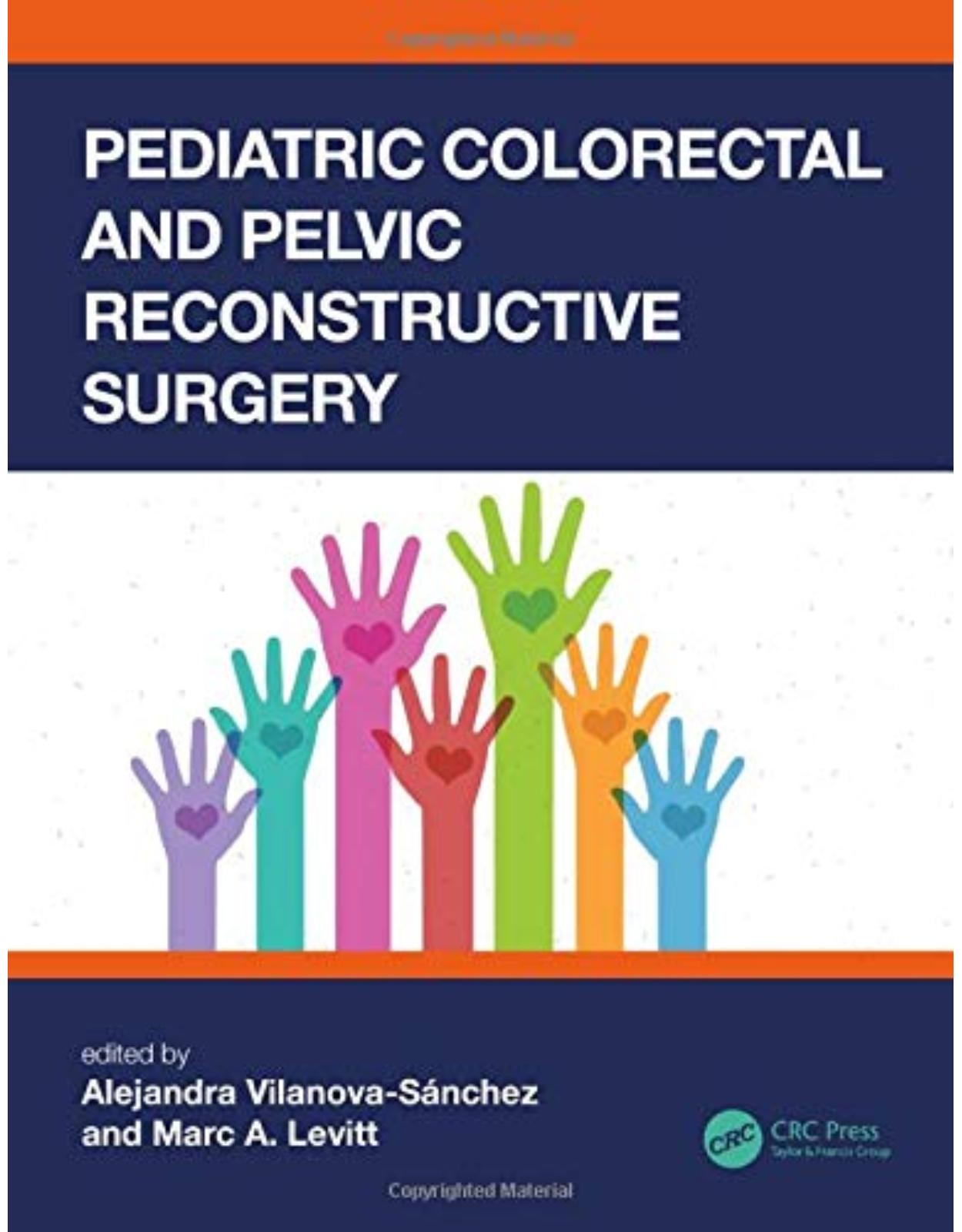
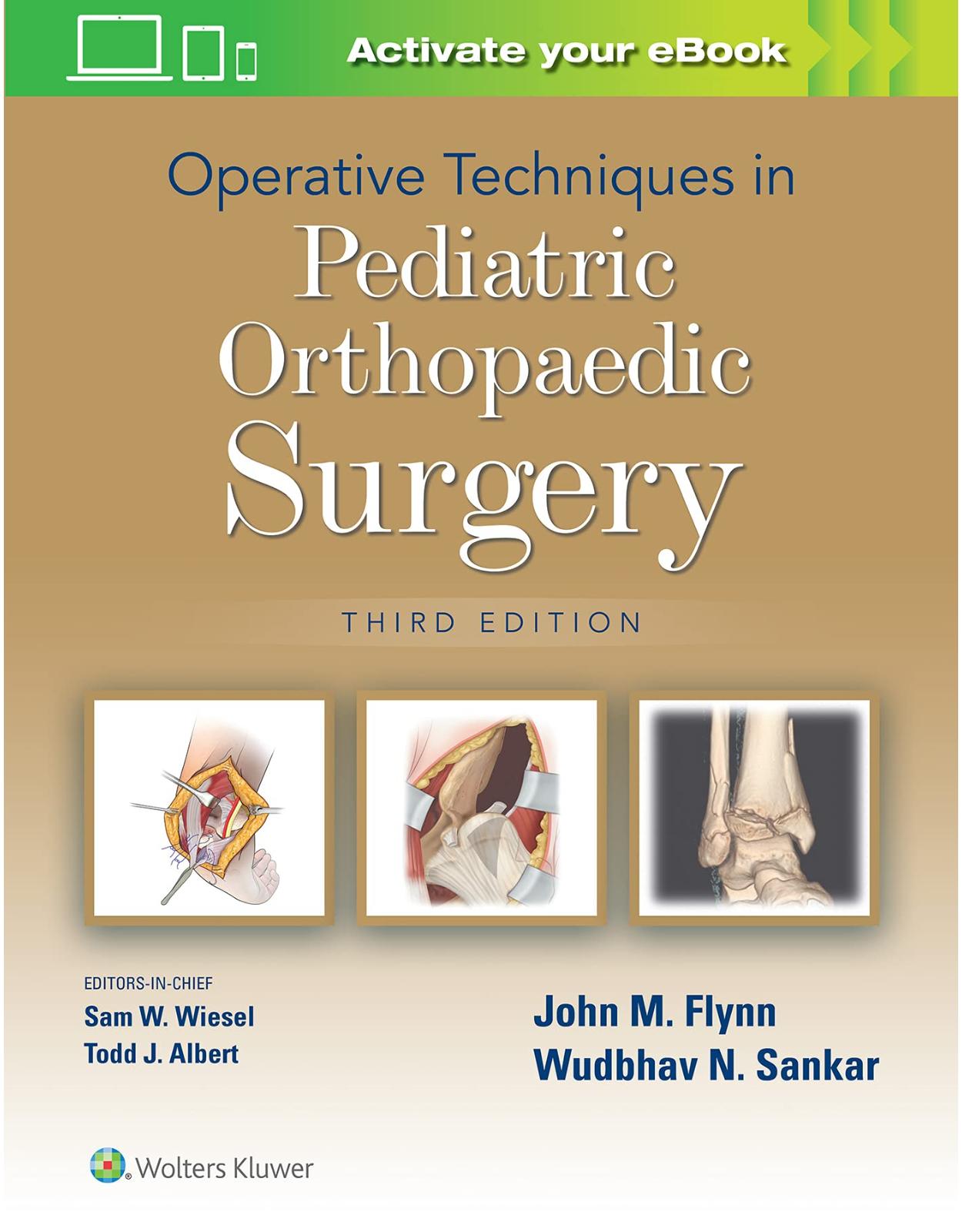
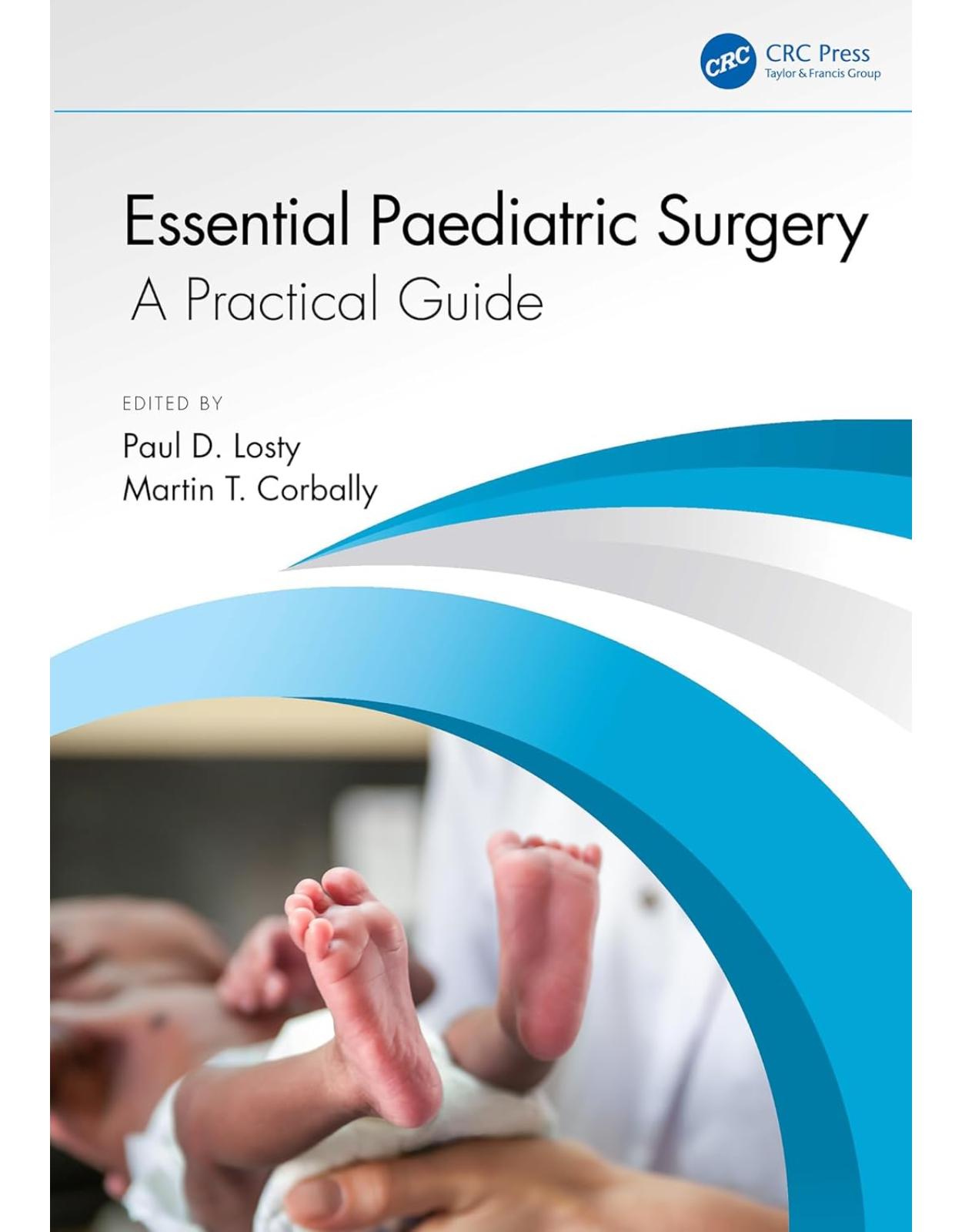
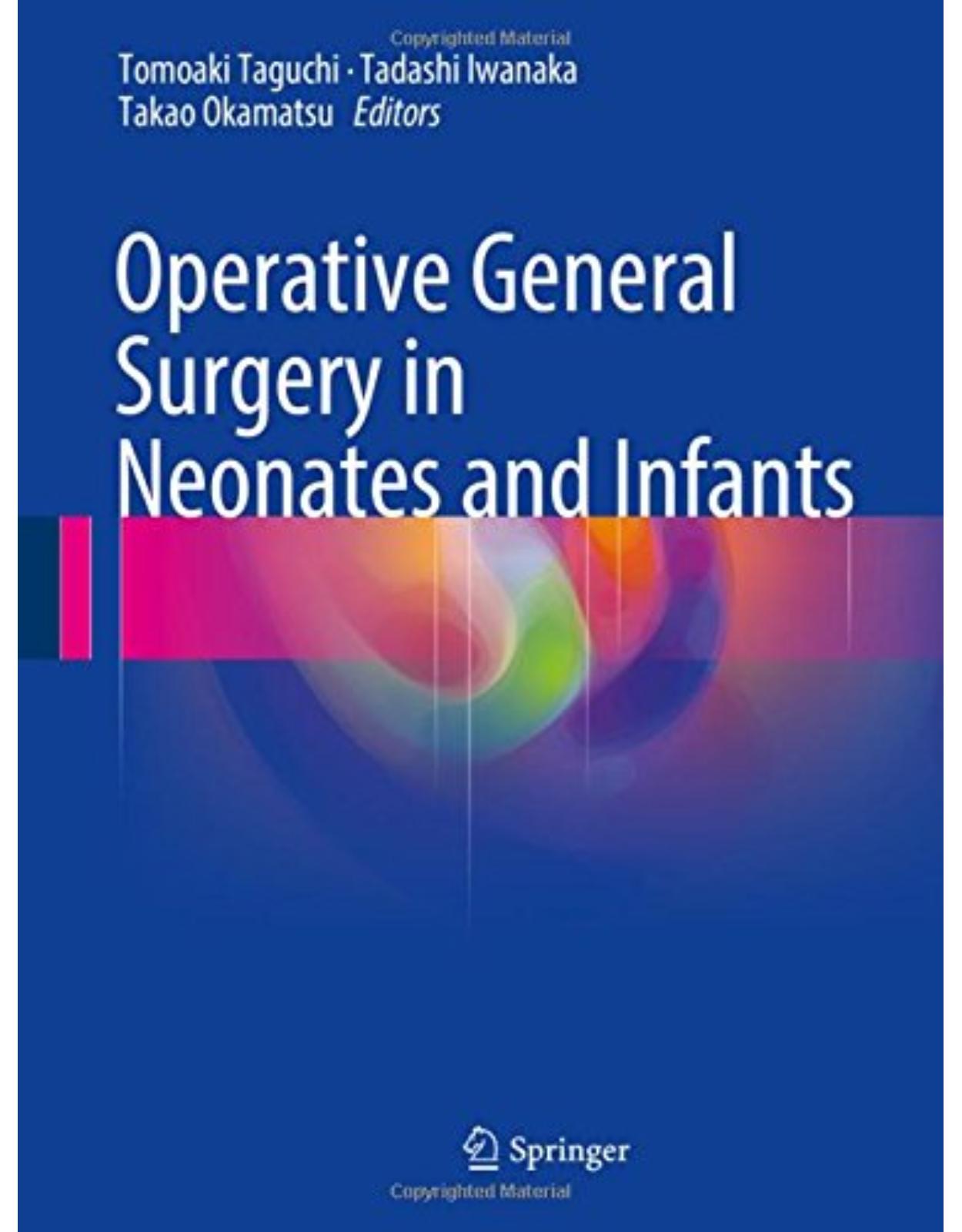
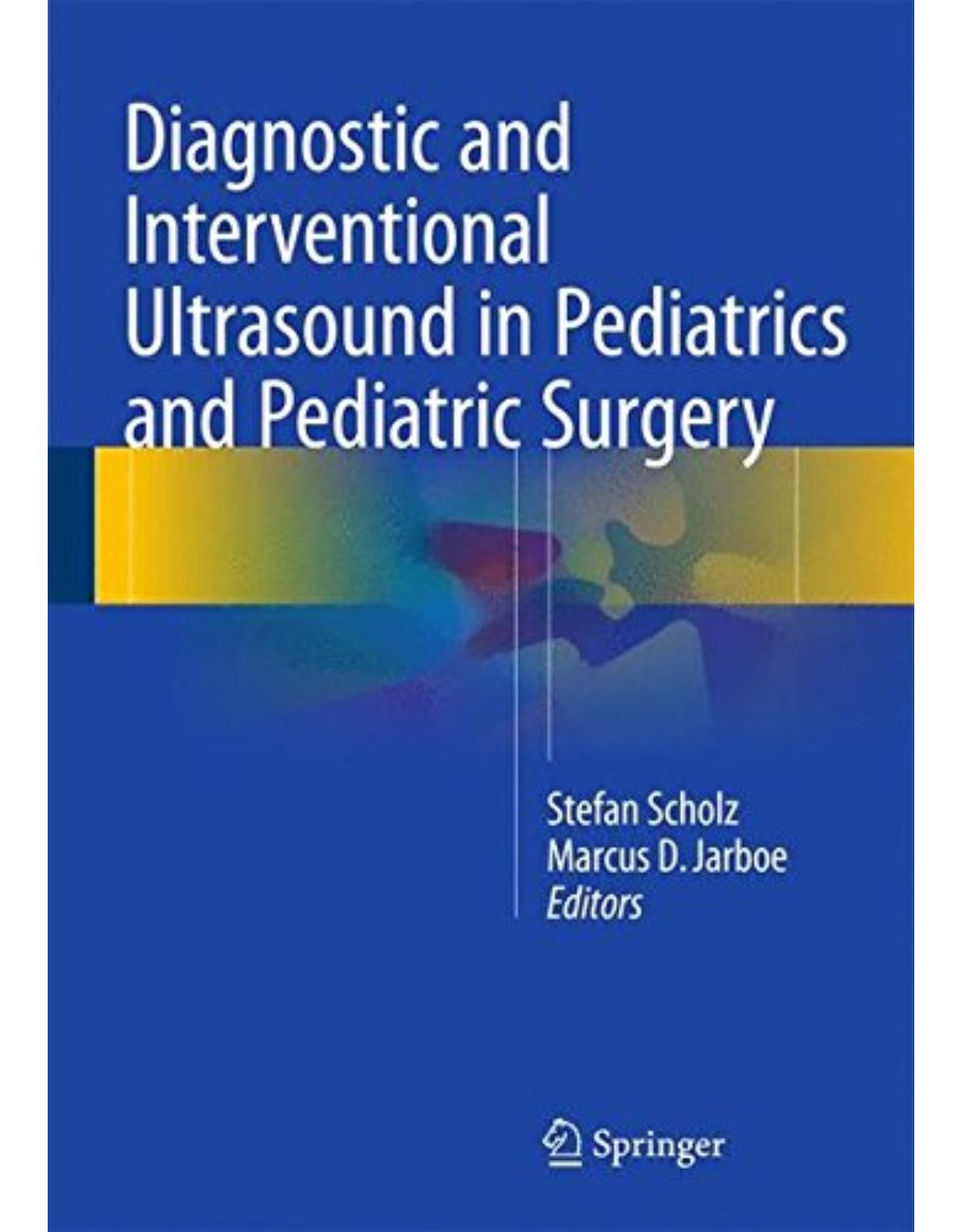
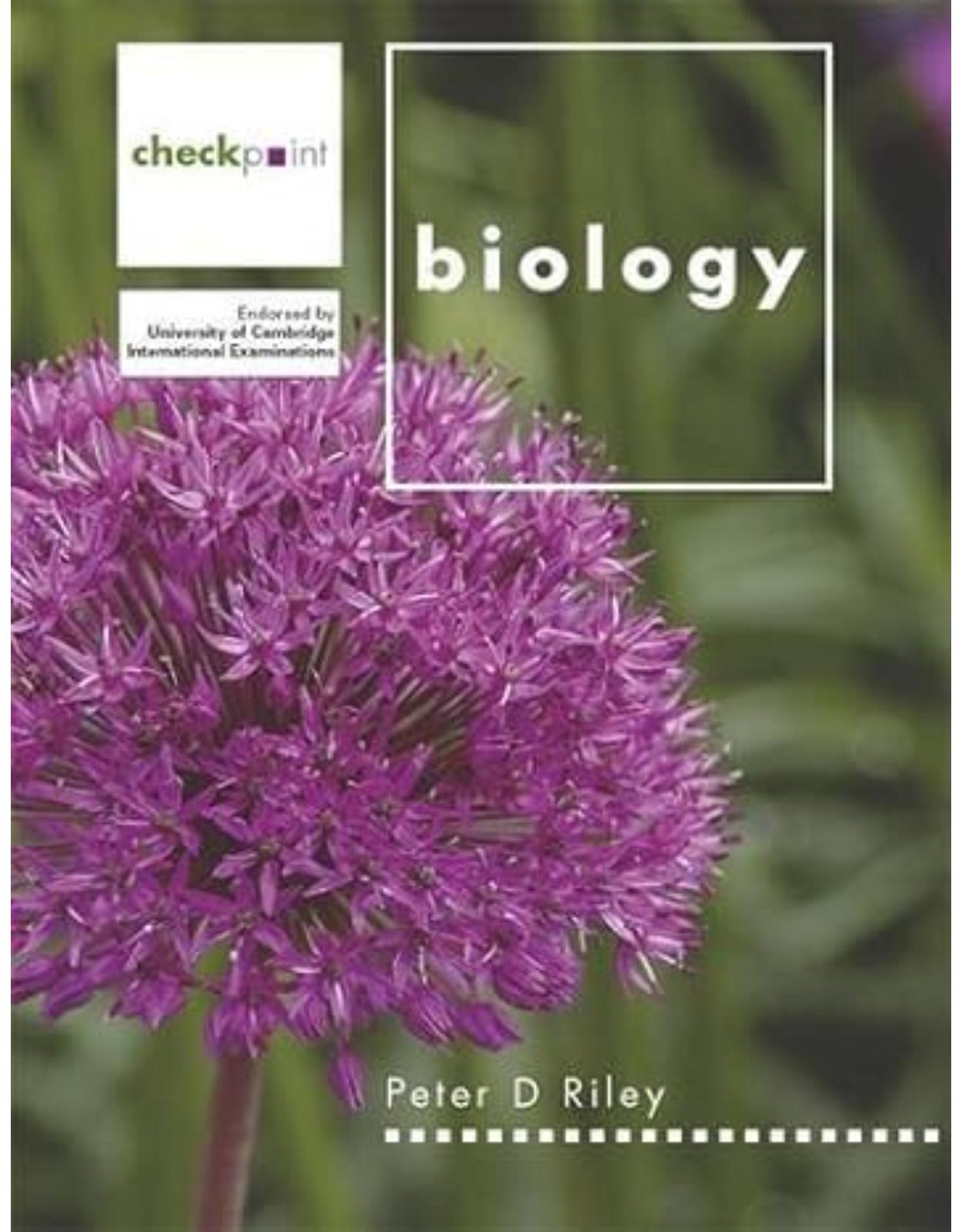
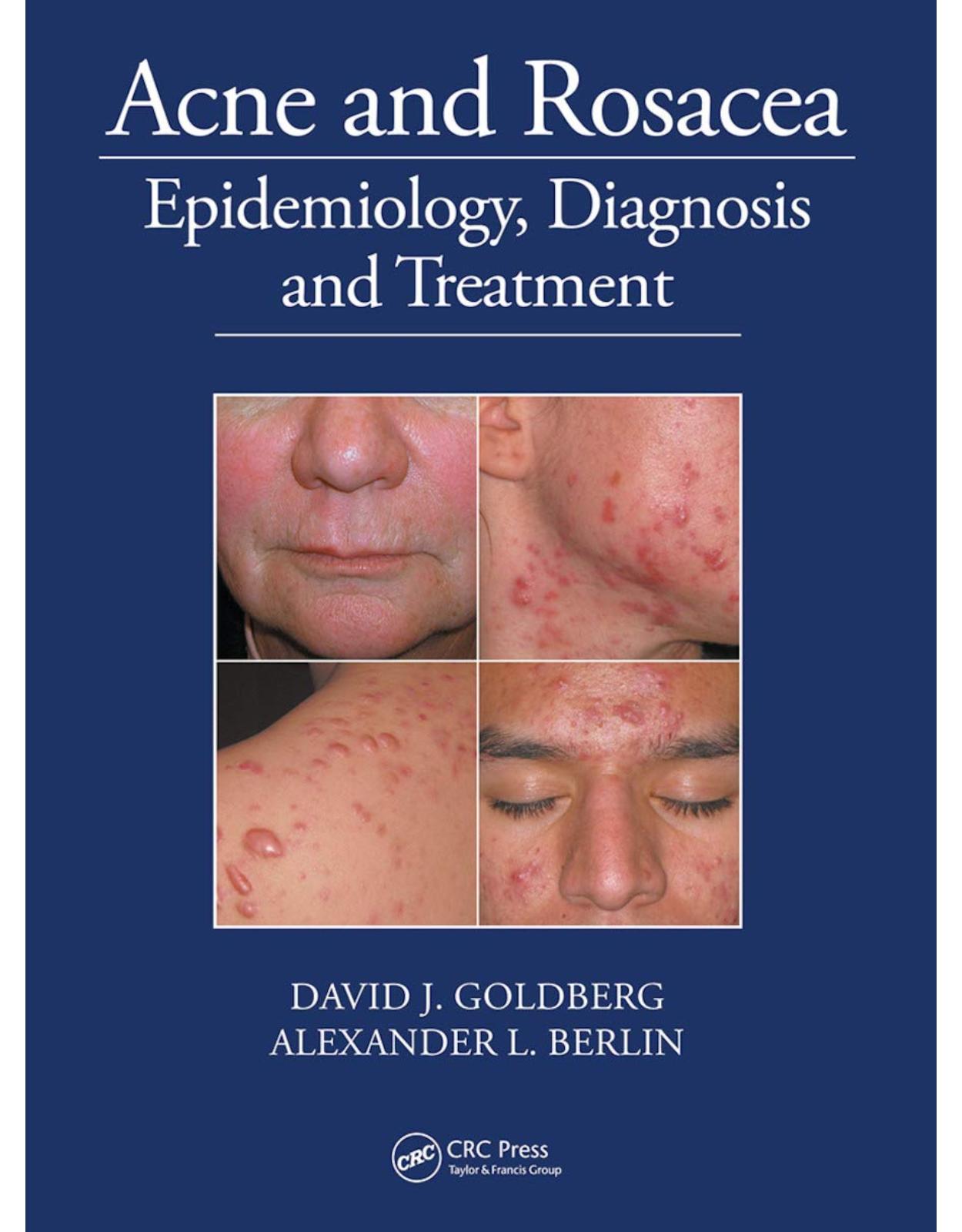
Clientii ebookshop.ro nu au adaugat inca opinii pentru acest produs. Fii primul care adauga o parere, folosind formularul de mai jos.